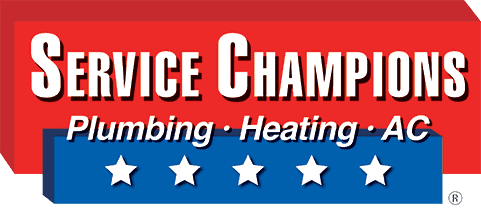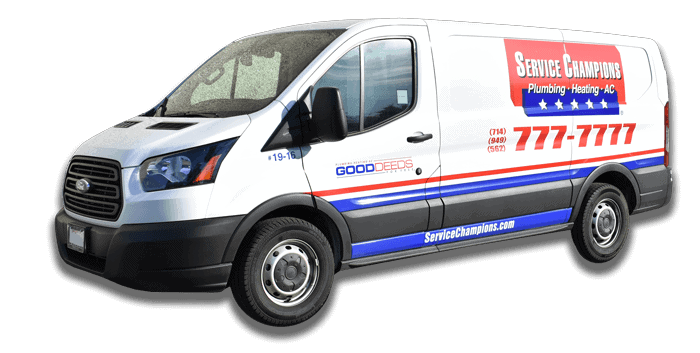How Does a Condensate Drain Pan Work?
The condensate drain pan is an important part of the entire central air system. This little tray protects your home from damage and protects the furnace from microbiological growth and failure. Perhaps most importantly, it protects your home from any type of water-related safety issues.
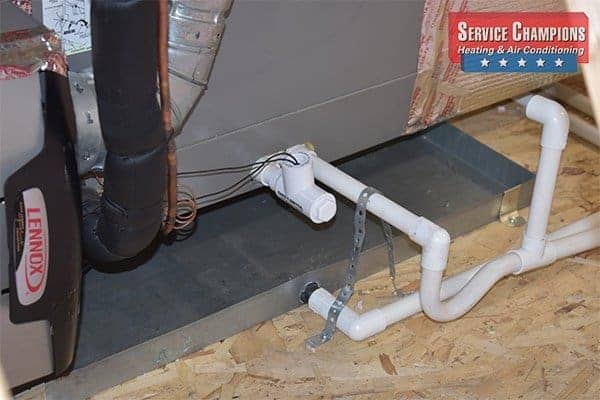
Southern California homeowners who want to keep their home and air healthy and clean should also care for their condensate drain pans.
How Does a Condensate Drain Pan Work?
The primary purpose of the condensate drain pan is to collect excess water that comes from the air conditioning process. But where does this water come from?
When the thermostat is set to cool, the evaporator coil, part of the central air system and found in the furnace, fills with compressed refrigerant. This A-shaped coil drops to very low temperatures and get very cold.
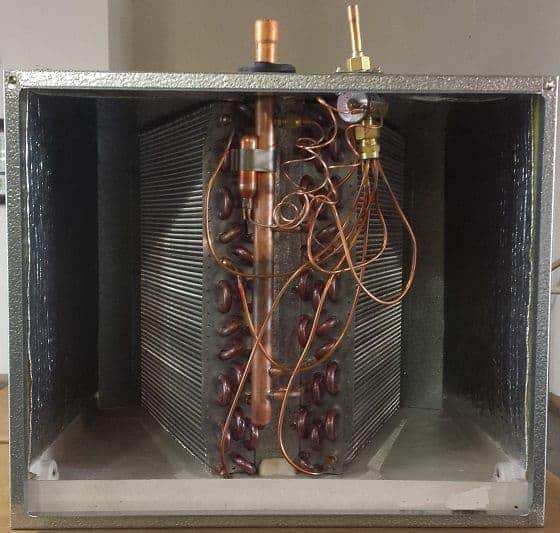
Moist, warm air from inside the home enters the HVAC system from air ducts. It then passes through the air filter and into the open center of the evaporator coil.
This is where a heat transfer takes place. Moisture and heat are pulled from the air. The now cool air is then pushed through the air ducts and into the house.
As the heat transfer goes on, condensation creates excess water. It’s similar to a glass of ice water on a hot day. After a few moments in a warm environment, the glass is covered in beads of water. In the same way, tiny water droplets collect along your evaporator coil. Water slips down the sides of the evaporator coil and right into the condensate pan fitted below.
This process continues until the air conditioning is turned off. The condensate drain pain is installed to safely collect any water that drips off the evaporator coil. Then, a condensate line in the pan moves water out of the home, emptying to the sewage system or another external location.
Where is the condensate drain pan located?

The condensate drain pan is part of the evaporator coil. The evaporator coil is a box of tightly wound wires that sits around the furnace. Its exact location depends on the type of furnace installation in your home.
Vertical furnace installation or application
- Vertical furnace installations are in the upright position. Typically, the furnace is installed in the furnace closet or garage. With these furnaces, the evaporator coil sits on top of the furnace. The condensate drain line is right beneath the evaporator coil.
Horizontal furnace installation or application
- Horizontal furnace installations have the central air system lie on its side. The furnace is installed in the attic and placed in this position because of space constraints in the attic. Air flows side to side rather than up and down. The evaporator coil sits beside the furnace with the air ducts in the attic.
Why does the horizontal application have a second drain pan?
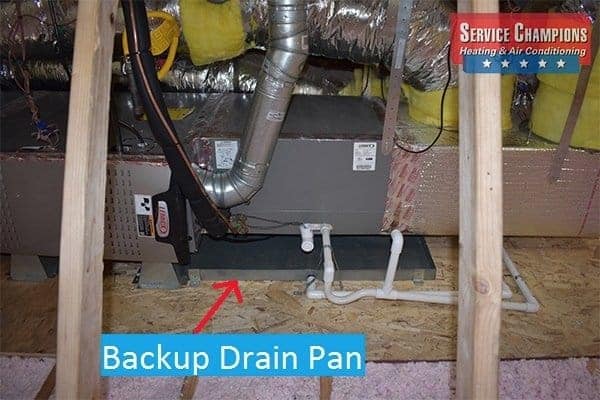
For attic furnaces, there is a second condensate drain pan. This is an added layer of protection from water damage.
In most HVAC systems, the entire central air system is lying on its side. In the event of condensate drain pan failure, water does not drip in one general location. Instead, water drips from the entire central air system. Additionally, overflow of water results in damage to the ceiling, drywall, and wood. To protect the home from water damage, a secondary condensate drain pan is fitted beneath the entire appliance. This is similar to placing a pan beneath the car during an oil change. This added barrier protects the floor from stains and other damages.
This secondary condensate drain pan also has its own drain line. It is connected directly from the pan to an external location, usually traveling out the window. It is highly visible. Homeowners should notice when the central air system reverts to this water removal method. It means that the standard method has been compromised. An HVAC specialist should be called in order to make timely repairs.
How does the condensate drain pan get damaged?
Unfortunately, there are times when the condensate drain pan can fail.
In the past, condensate drain pans were built of metal. Then, HVAC specialists discovered that water created rust that ate at the metal creating holes and leaks. Since then, condensate drain pans have been made of plastic.
The newer, plastic condensate drain pans are durable, lasting between five to 10 years. However, they are a part of the evaporator coil system and cannot be replaced independently.
What damages the condensate drain pan?
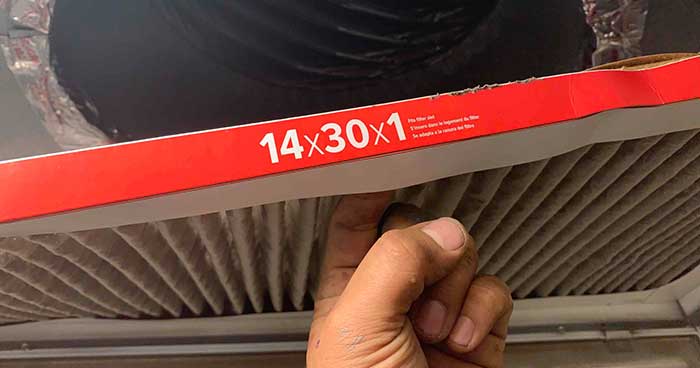
The condensate drain pan is meant to collect excess water generated during the air conditioning process. However, during the cold winter months, many homeowners only use the furnace. Because the condensate drain pan is located either directly above or directly below the furnace, the drain pain gets a blast of hot air with each heating cycle. The constant battery of heat sucks out the moisture of these plastic pans. Eventually, it leads to cracks.
A cracked pan is unable to hold water. When air conditioning season starts in the spring, water slips through the cracks of the pan, and can pool at the bottom or trickle throughout the furnace interior.
The drain itself can also clog. This can result from a dirty air filter, foreign obstruction, or simply old age. When this happens, water never makes it through the condensate drain line. Instead, water backups and fills the condensate drain pan. Unfortunately, these pans are not designed to carry large amounts of water. They’re quite shallow and built to hold water for a short amount of time. When they work correctly, water is constantly cycling through the condensate line. In the event of an overflow from a clog, water drips backward toward the furnace.
A clogged condensate line, a cracked condensate drain pan, or a soggy furnace can lead to many unwanted issues. This includes:
- Microbiological growth
- Safety hazards
- Low indoor air quality
- Internal buildup
- AC repairs
- Higher energy expenditure
- Smelly air
- Water damage to the home
Homeowners who find water pooling anywhere around their central air system should contact their HVAC specialist. Quickly finding repairs saves time, money and trouble that could avoid more permanent and serious damages.
Care for Your Condensate Drain Pans with Service Champions Experts
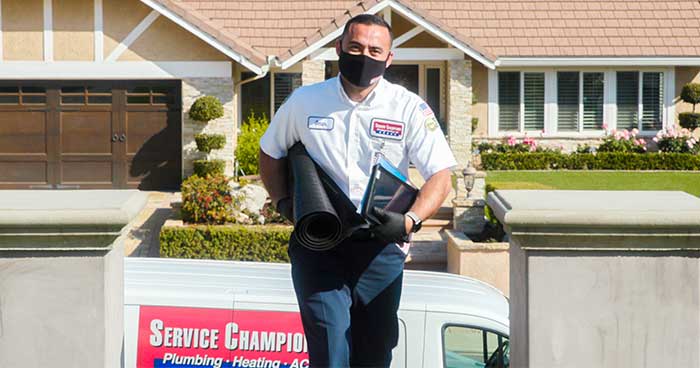
Service Champions Plumbing, Heating & Air Conditioning is the only Diamond Certified HVAC provider for Orange, Riverside, San Bernardino and Los Angeles Counties. Our technicians lead in superior technical care for furnaces and air conditioners.
Homeowners of Southern California rely on our expertise and experience for exceptional HVAC service and genuine customer care. Your satisfaction is guaranteed.
For the best in home comfort and peace of mind, rely on Service Champions. Call the number at the top of the screen or click here to request an appointment online.
